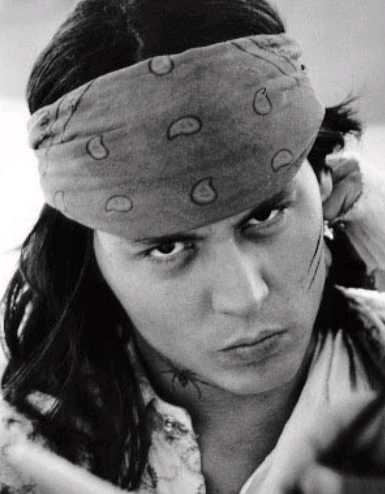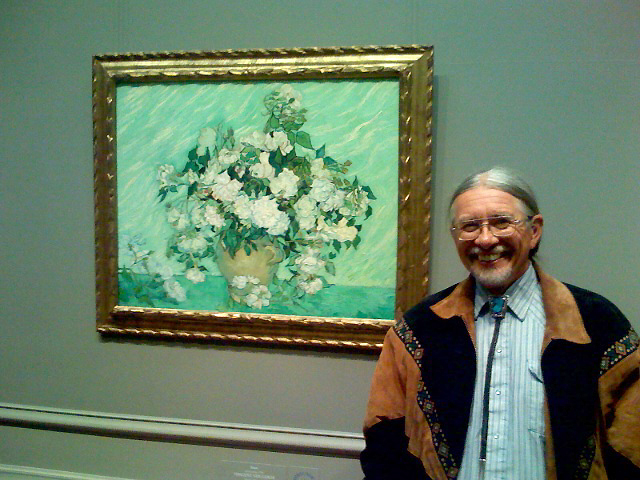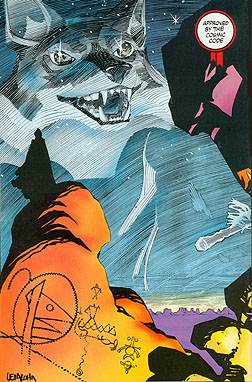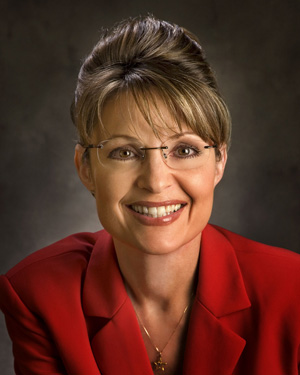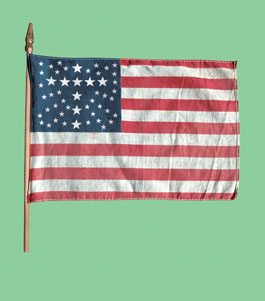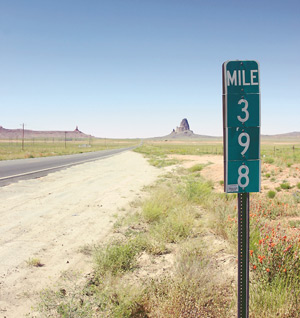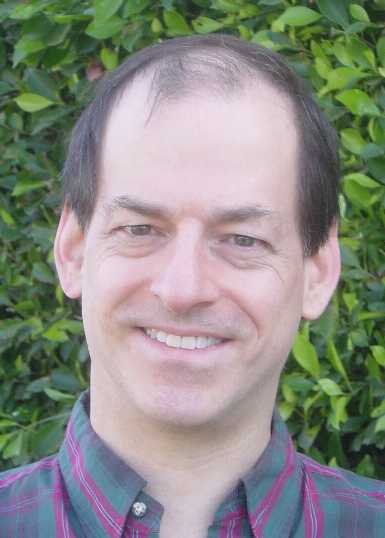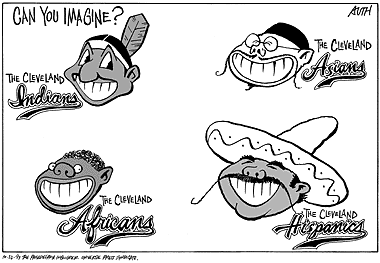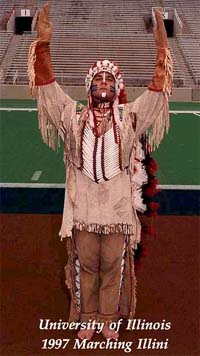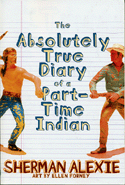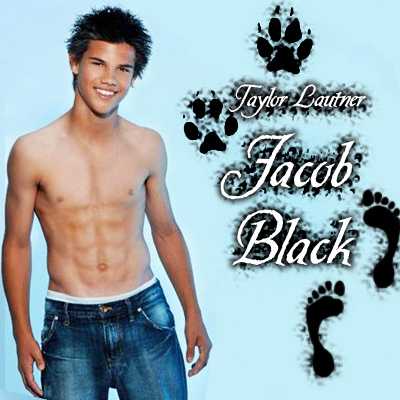No, I figured that the primary response from Hollywood apologists would be variations of "it's a business." Studios operate to make money. If Johnny Depp will sell more tickets, isn't Disney obligated to use him?
No. It's a fallacy that box-office success is impossible without big-name actors. As indicated below, most of the most successful movies in history haven't had big-name actors. (The films with a star actor are in red):
All-Time USA Box office
2. The Dark Knight (2008)--Christian Bale
3. Star Wars (1977)--Mark Hamill
4. Shrek 2 (2004)
5. E.T.: The Extra-Terrestrial (1982)--nobody worth noting
6. The Phantom Menace (1999)--Liam Neeson
7. Pirates of the Caribbean: Dead Man's Chest (2006)
8. Spider-Man (2002)--Toby Maguire
9. Revenge of the Sith (2005)--Hayden Christensen
10. The Return of the King (2003)--Elijah Wood
11. Spider-Man 2 (2004)--Toby Maguire
12. The Passion of the Christ (2004)--nobody worth noting
13. Jurassic Park (1993)--nobody worth noting
14. The Two Towers (2002)--Elijah Wood
15. Finding Nemo (2003)--nobody worth noting
16. Spider-Man 3 (2007)--Toby Maguire
17. Forrest Gump (1994)
18. The Lion King (1994)--nobody worth noting
19. Shrek the Third (2007)
20. Transformers (2007)--Shia LaBoeuf
It also assumes that we consider Mike Myers and Eddie Murphy big-name stars--again, big enough to open a movie. In reality, neither one of them is a guarantee of success. Really, one could argue that only Leonardo DiCaprio and Tom Hanks are A-list stars in the movies above.
Also note that Johnny Depp would be the second-billed star in The Lone Ranger, not the first. I don't think I've ever heard a producer say, "We need two big-name actors to carry this movie. One won't be enough." If Disney got George Clooney, Viggo Mortensen, or whoever as the Lone Ranger, why would it need Johnny Depp also?
The bottom line
Look at the facts. Even if you count Johnny Depp, Mike Myers, and Eddie Murphy, 15 of the top 20 movies did not have a big-name actor in the lead role. The "secret of success" seems to be to go with a relatively unknown young male character actor. In other words, to put money into the story, the director, the special effects, or the marketing--not into the actors.
And don't tell me about US vs. international sales. Depp isn't a big action star, so I doubt he has a huge international following. He wasn't a box-office success until Pirates made him one.
Moreover, Indians are immensely popular in Europe. I would think putting an authentic Indian actor and Indian culture in the movie would be a selling point for the European market. In fact, Hollywood might be smart to make Westerns just for the Europeans who love cowboys 'n' Indians.
Conclusion
Disney wasn't thinking about the box office when it selected Depp. It wasn't thinking about it logically, at least. It must've had another reason.
I'm betting the thinking went something like this: "Mainstream (light-skinned) audiences won't be able to relate to some unknown (dark-skinned) Indian. They will be able to relate to pseudo-Indian Johnny Depp. He's close enough to cover our asses, so let's make him Tonto."
This is the comfort factor I was talking about recently. In other words, the structural racism inherent in Hollywood. For more on the subject, see Lack of Diversity = Discrimination.
So...sorry, Anonymous. You lose the implied debate. Better luck next time you think you know more about movies than I do.
Below: Pretty-boy Johnny Depp as "The Brave."
